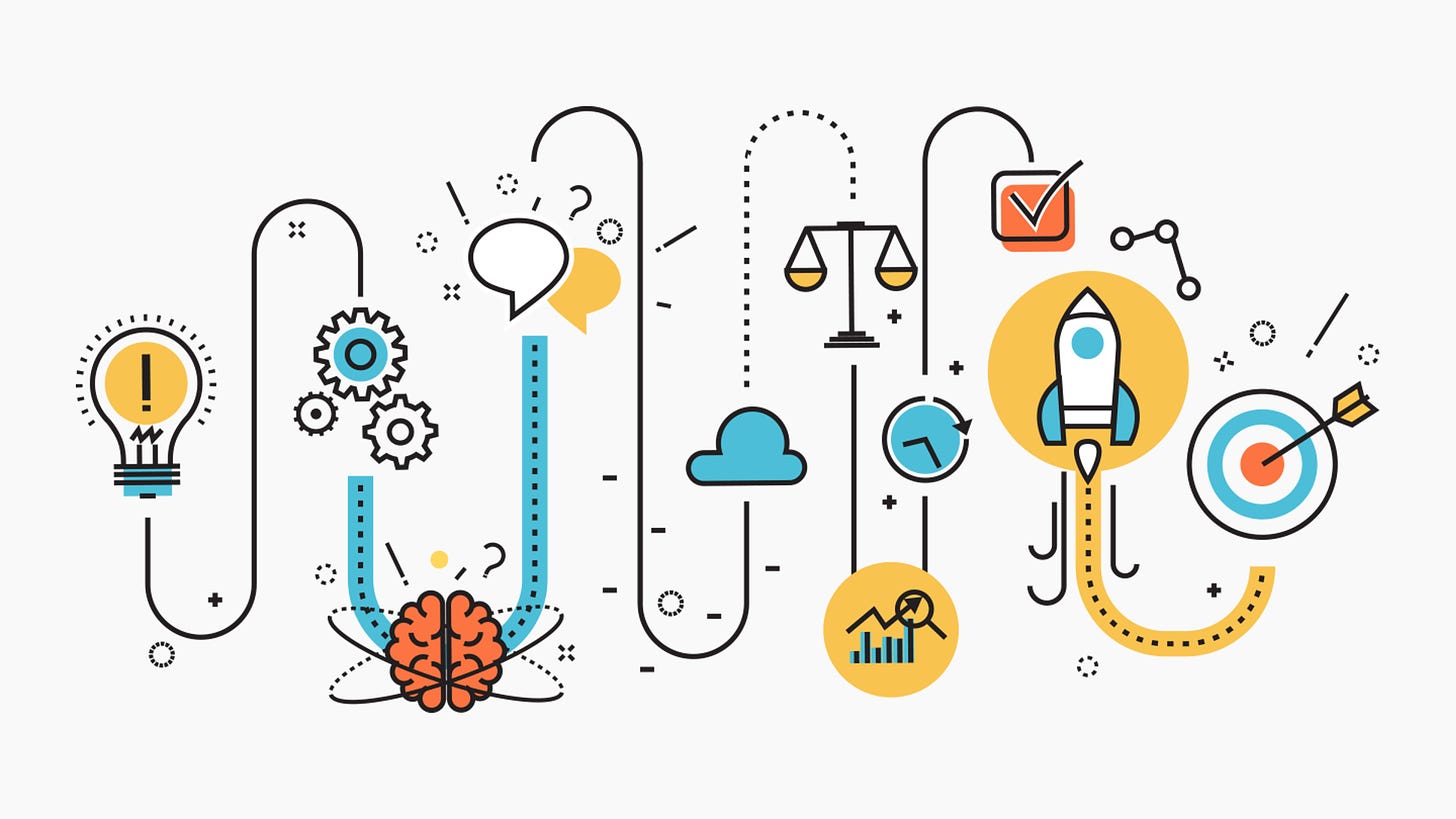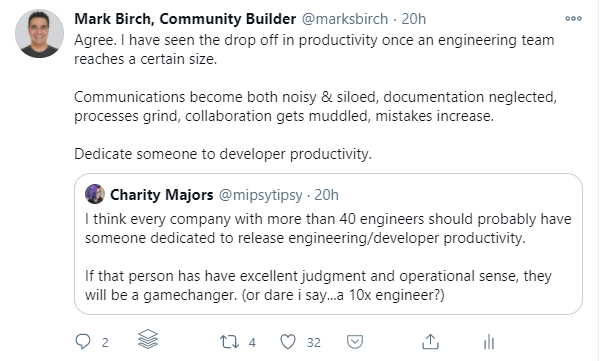I want to try an experiment with you. Think about one thing that you are most proud of accomplishing this year. Then share that one thing as a comment to a post I started on LinkedIn (click the link or the button below).
If we do not cherish the good things, we can easily fall into depression. The global pandemic hurt many of us whether through job losses, decreased business, more work, delayed plans, or even the passing of loved ones. When my father-in-law died alone in a hospital in Hong Kong in late March, our family was devastated at not being able to see him in his last moments or hold a proper funeral.
In a year that has been generally awful, it is important to take stock of the positives in our lives. That might be family, friends, work, or some goal you set for yourself. In my case, I published my first book, I started a new role at AWS, I learned how to be more comfortable with video, and I got to spend more time with family.
There has also been some remarkable progress and innovation across the technology industry. Mostly driven by the switch to remote working and that all commerce moved online, the increased focus on digital enablement and channels drove a huge shift to the cloud. In a perverse way, the ashes of 2020 will be the seeds of even faster and more impactful innovation in the years to come.
Big ideas rarely evolve from periods of stasis. The game changing leaps in technology occur in times of volatility and uncertainty because when times are good, those ideas seem ridiculous. Consider the sharing economy. Opening up your personal vehicle or home to strangers seemed nuts. Then the economic ruin of 2008 made the model seem more viable and even attractive, allowing Uber and Airbnb to thrive.
When economic conditions and market forces rapidly change, organizations are faced with the choice to adapt or perish. If you had no mechanisms to take online orders or to deliver goods or to manage your on-prem infrastructure during lockdowns and work from home ordinances, you were forced to change.
Change was all around us this year. As lockdowns eased in NYC over the summer, the restaurants that setup delivery and makeshift outdoor dining areas survived. Many companies doubled down on remote collaboration, seeing an explosion in tools from Zoom and Slack, to Notion and Miro. IT teams started migrations of on-prem to cloud infrastructure, finally realizing the benefits of not having to manage undifferentiated busy work by running their own data centers.
At AWS, the influx of new customers and types of workloads has spurred even greater innovation. During the machine learning keynote by Swami Sivasubramanian at AWS re:Invent, he shared that AWS has added over 250 new features to their machine learning offering in the past year. The pace of innovation in machine learning has led to new releases such as QuickSight Q to enable asking of business questions in natural language, SageMaker Clarify to detect bias in machine learning models, and Fault Injection Simulator to allow developers to build resiliency into their apps.
As I look ahead to 2021, I am hopeful. I look forward to a year of restoration where we can gather as groups, attend events, and travel freely. I am also eager to see what is in store for technology innovation. I am pretty certain that the next big wave of crazy and ambitious ideas is right around the corner. As I reflect on the many topics I explored here on DEVBIZOPS over the course of this year, I see four core themes posed to gather significant momentum in the coming decade.
The Rise of Developer Enablement
I tweeted the following in regards to developer team size and productivity the other day:
Systems, code, and dependencies are getting more and more complex, to the extent that adding engineers actually decreases team productivity. We will start seeing the rise of developer enablement as a more critical role and function in engineering organizations to tackle not just the tooling challenges, but all of the other things that support high quality engineering work such including mechanisms that support culture, communications, and collaboration.
AI Driven Engineering Begins
GPT-3 (or Generative Pre-trained Transformer 3) made headlines this year when OpenAI made the API available upon request. It set a new expectation for the power of artificial intelligence, creating content that was indistinguishable from human generated content.
As Developer Enablement becomes more common practice across organizations, look for AI to make more of an impact through tooling that takes much of the heavy lifting off the shoulders of developers. For example, one obvious area is in the creation of developer documentation that no one wants to create, but where tools like Quod AI are generating automatically, straight from the source code itself.
Convergence of Engineering & Business Metrics
The book Accelerate by Nicole Forsgren , Jez Humble, and Gene Kim in 2018 kicked off the first serious conversations about the business value of DevOps. The extensive research and data collected was a wake up call to the vast gap between high and low performing engineering teams.
However, in many conversations I had over the course of this year with engineering leaders, there was still a gap. The Four Metrics of Software Delivery Performance discussed in Accelerate can be too high level to get actionable insights into developer productivity. I shared a framework called “L1-L2-L3 Metrics” that provides a way to connect engineering activity to higher level business outcomes. Using this framework allows engineering teams to show business impact and use mechanisms within the developer enablement toolkit to implement reasonable productivity improvements, which is way better than measure lines of code or code commits.
Growth in Community-led Innovation
The big buzzword currently in the startup and venture capital circles is community. As the pandemic disrupted the ability to gather in person, interest in online communities, virtual events, and collaborative spaces grew. This led to writing and publishing my book Community-in-a-Box and giving talks on the topic of building and scaling internal developer communities.
Community also drives innovation. We know this to be true given the enormous growth of open source during the past few of decades. Community is a mechanism that spurs faster and more impactful ideas inside organizations, both within internal communities as well as in user / customer communities. Expect to see the growth in Communities of Purpose and more collaborative solution co-creation happening both inside and outside the corporate walls.
What are some the trends that you see coming up over the next couple of years? Is there one big idea that you think will dominate the technology conversation in 2021?
Lastly, thanks again for reading this year and allowing me the opportunity to share these thoughts with you. Have a wonderful holidays and chat again in the new year!
Mark Birch, founder of DEVBIZOPS
Want to learn more about DEVBIZOPS and read more hot takes about IT, technology, and working smarter. Receive our weekly newsletter by signing up to our Substack!






